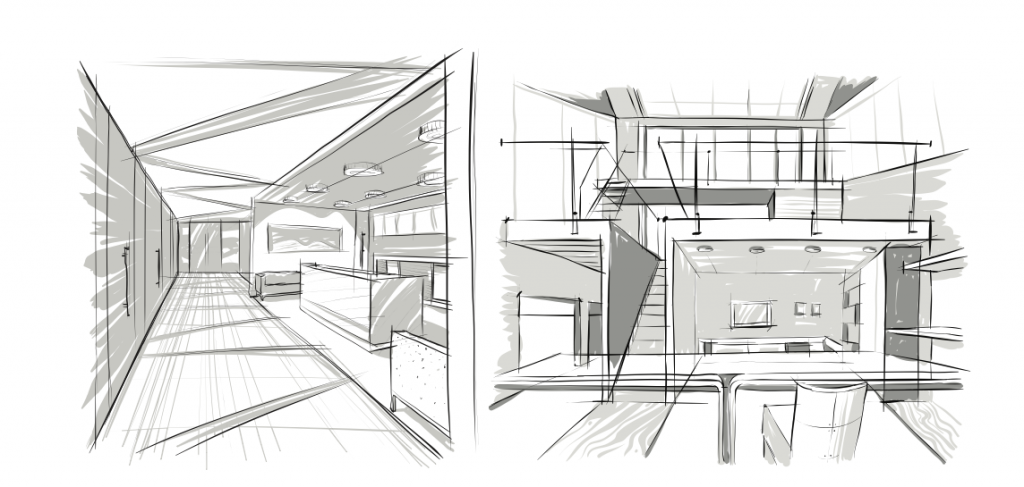How a professional interior designer can define your practice
By Lori Sichtermann
Why is a well-designed orthodontic office so important? What does it really say about you and your practice? Well, as Agnes Kan of Philadelphia-based CIVITAS Architects Inc puts it, “To patients, the look of your office translates your abilities as a doctor and your professionalism as a business owner.”
An office interior designer is the one charged with creating the look that aesthetically “wows” customers, conveying the message of quality. In many cases, the designer is also the one who helps brand the office—giving it a signature look that parlays beyond the positioning of furniture or the focal points on the walls. Instead, it’s about the feel of the office, the flow of foot traffic, and how it all melds with the personalities of the doctors and staff working within.
There are literally countless options for selecting a designer for interior spaces. However, as Marty Orchard, marketing manager for NAC|Architecture, explains, a practice should work with a designer who is highly experienced in orthodontic and dental office design and understands the business of both fields. “An experienced designer will optimize your investment, offering options used in other orthodontic or dental offices, and creatively work with your existing resources and space,” he adds.
Kate Walde Bauer of Kate Bauer Design notes that the look and functionality of a practice, in most cases, also can have an expiration date. As she notes, a practice should update its image every 7 to 10 years. “Patients need to see that your practice is up-to-date with the latest advances, especially in this hi-tech world,” she adds. “All businesses ‘sell’ something—in this case, it’s your services—so it’s important to stay current, whether it’s refreshing your logo, integrating new technology, or just installing new carpet and paint.”
Soliciting the help of a professional office designer can have myriad effects on your business. As Orchard points out, one of the most important effects is that of the bottom line. “If you do a redesign to improve staff flow and function, it will increase productivity, allowing you to see more patients per day,” he notes. “Your office should be a reflection of your personality and how you want to be perceived by patients and peers. Differentiation in this way can set your practice apart from your competition and increase patient numbers.”
To this idea, Suzanne Slizynski, managing partner for Green Curve Studio Inc, points out that a well-thought-out design can revitalize and re-energize the office environment. “This helps to build brand loyalty with existing patients and attract new patients to the office.”
Whether embarking on a new space, or considering a redesign of the current location, some initial steps should be taken so as not to lose sight of what’s important to the practice. Orchard recommends being clear about your goals and realistic about what can be done in the available space. “Speak with colleagues and practice management consultants,” he says. “Make a short list of qualified designers and interview them about their experience and process, while asking yourself if they are the right ‘fit’ for you and your project.”
Orthodontic offices are as varied as the patients who walk through the door. Regardless of the size of your footprint, the location of your building, or how many folks spend their days busily working within, a professional designer should be able to transform your space so that it’s the perfect fit now and into the future. As Bauer states, “A good designer will have a solution for all of your needs.” OP










